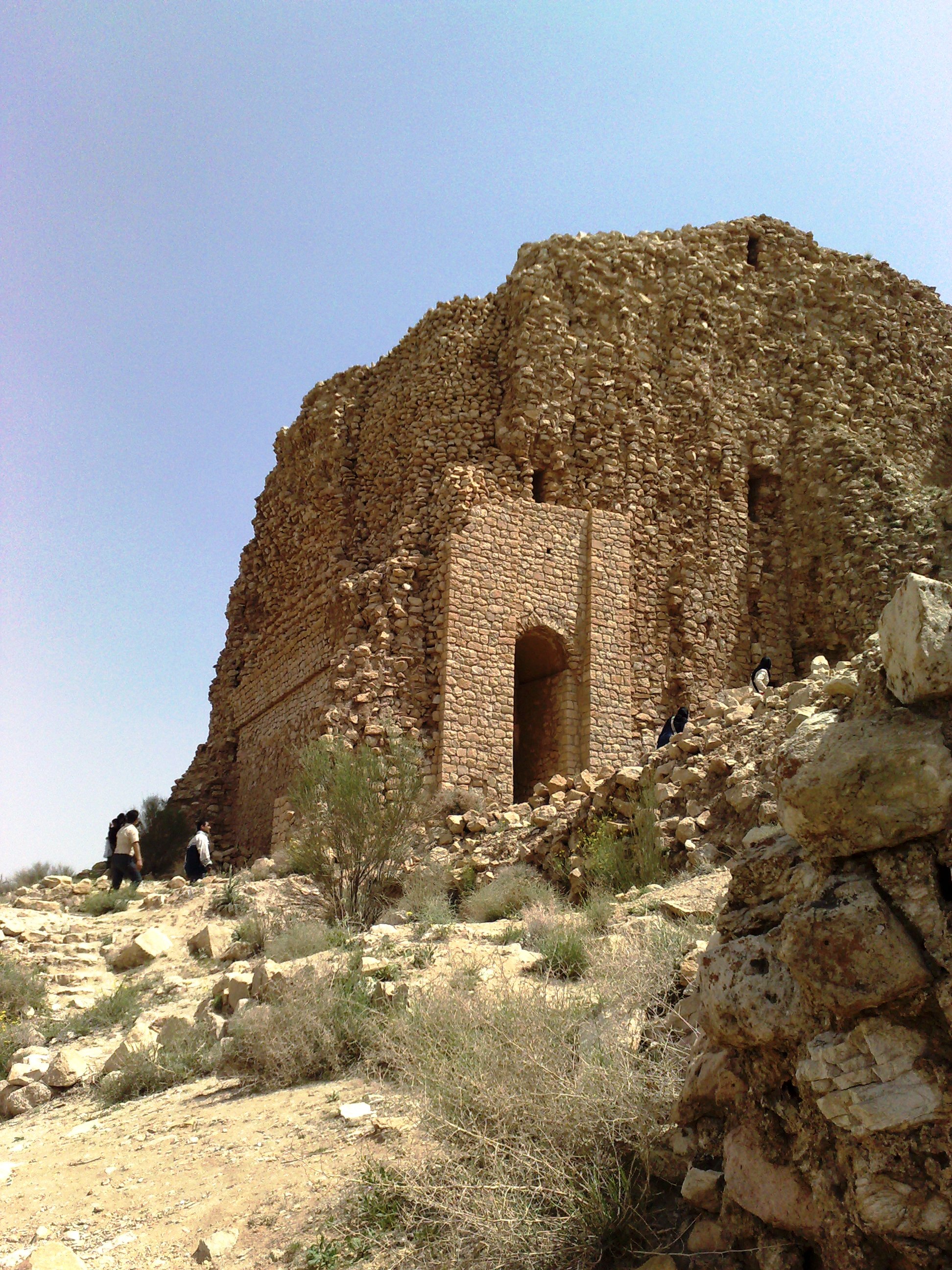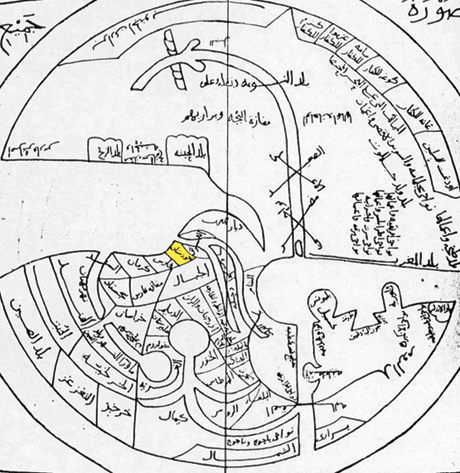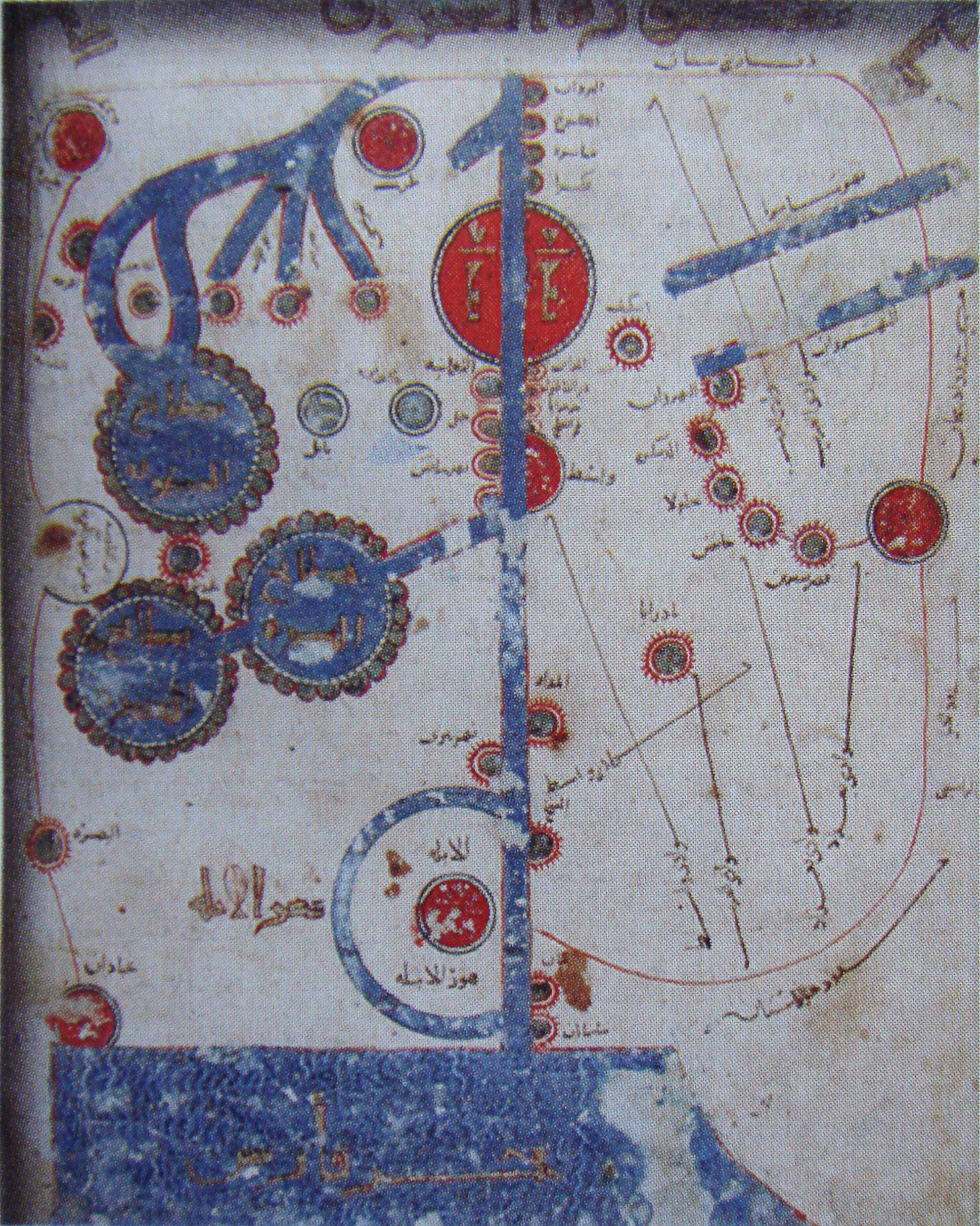|
Pillar Of Gor
The Minar was a staged, tower-like structure built in the center of the Sasanian circular city of Gōr (modern Firuzabad, Iran). Several theories have been proposed for its purpose. Only the core of the structure remains today. Description and history The structure is known as ''Minar'' (, literally "pillar") or ''Minaret'' () in New Persian, while the medieval Arabic-language Islamic sources referred to the structure as ''Terbal'' ( ''Ṭirbāl''). Similar structures, i.e., staged tower with an outside ramp, have been recorded by ancient historians, including a tower mentioned by Ammianus Marcellinus at the Nahar Malka (near the Sasanian capital Ctesiphon; he compared it to the Lighthouse of Alexandria), several towers at Pirisabora (al-Anbar) mentioned by Zosimus, and the Borsippa tower near Babylon. These in turn may have been based on the ziggurats of the ancient Near East. Ardashir I's new city of Gor had a circular plan with the official buildings located at the centre ... [...More Info...] [...Related Items...] OR: [Wikipedia] [Google] [Baidu] |
Firuzabad, Fars
Firuzabad ( fa, فيروزآباد or Piruzabad, also Romanized as Fīrūzābād; Middle Persian: Gōr or Ardashir-Khwarrah, literally "The Glory of Ardashir"; also Shahr-e Gūr ) is a city and capital of Firuzabad County, Fars Province, Iran. At the 2006 census, its population was 58,210, in 12,888 families. Firuzabad is located south of Shiraz. The city is surrounded by a mud wall and ditch. The original ancient city of Gor, dating back to the Achaemenid period, was destroyed by Alexander the Great. Centuries later, Ardashir I, the founder of the Sassanid Empire, revived the city before it was ransacked during the Arab Muslim invasion of the seventh century. It was again revived by the Buyids under Fanna Khusraw, but was eventually abandoned in the Qajar period and was replaced by a nearby town, which is now Firuzabad. Climate Firuzabad has a hot semi-arid climate (Köppen climate classification: ''BSh''). History Gor dates back to the Achaemenid era. It was situated in ... [...More Info...] [...Related Items...] OR: [Wikipedia] [Google] [Baidu] |
Zosimus (historian)
Zosimus ( grc-gre, Ζώσιμος ; 490s–510s) was a Greek historian who lived in Constantinople during the reign of the eastern Roman emperor, Roman Emperor Anastasius I Dicorus, Anastasius I (491–518). According to Photios I of Constantinople, Photius, he was a ''comes'', and held the office of "advocate" of the Imperial treasury, Rome, imperial treasury. Zosimus was also known for condemning Constantine the Great, Constantine’s rejection of the Roman Polytheism, traditional polytheistic religion. ''Historia Nova'' Zosimus' ''Historia Nova'' (Ἱστορία Νέα, "New History") is written in Greek in six books. For the period from 238 to 270, he apparently uses Dexippus; for the period from 270 to 404, Eunapius; and after 407, Olympiodorus of Thebes, Olympiodorus. His dependence upon his sources is made clear by the change in tone and style between the Eunapian and Olympiodoran sections, and by the gap left in between them. In the Eunapian section, for example, he is ... [...More Info...] [...Related Items...] OR: [Wikipedia] [Google] [Baidu] |
Encyclopædia Iranica
''Encyclopædia Iranica'' is a project whose goal is to create a comprehensive and authoritative English language encyclopedia about the history, culture, and civilization of Iranian peoples from prehistory to modern times. Scope The ''Encyclopædia Iranica'' is dedicated to the study of Iranian civilization in the wider Middle East, the Caucasus, Southeastern Europe, Central Asia, and the Indian subcontinent. The academic reference work will eventually cover all aspects of Iranian history and culture as well as all Iranian languages and literatures, facilitating the whole range of Iranian studies research from archeology to political sciences. It is a project founded by Ehsan Yarshater in 1973 and currently carried out at Columbia University's Center for Iranian Studies. It is considered the standard encyclopedia of the academic discipline of Iranistics. The scope of the encyclopedia goes beyond modern Iran (also known as "Persia") and encompasses the entire Iranian cultural ... [...More Info...] [...Related Items...] OR: [Wikipedia] [Google] [Baidu] |
Stupa
A stupa ( sa, स्तूप, lit=heap, ) is a mound-like or hemispherical structure containing relics (such as ''śarīra'' – typically the remains of Buddhist monks or nuns) that is used as a place of meditation. In Buddhism, circumambulation or ''pradakhshina'' has been an important ritual and devotional practice since the earliest times, and stupas always have a ''pradakhshina'' path around them. The original South Asian form is a large solid dome above a tholobate or drum with vertical sides, which usually sits on a square base. There is no access to the inside of the structure. In large stupas there may be walkways for circumambulation on top of the base as well as on the ground below it. Large stupas have or had ''vedikā'' railings outside the path around the base, often highly decorated with sculpture, especially at the torana gateways, of which there are usually four. At the top of the dome is a thin vertical element, with one of more horizontal discs spreadin ... [...More Info...] [...Related Items...] OR: [Wikipedia] [Google] [Baidu] |
Balkh
), named for its green-tiled ''Gonbad'' ( prs, گُنبَد, dome), in July 2001 , pushpin_map=Afghanistan#Bactria#West Asia , pushpin_relief=yes , pushpin_label_position=bottom , pushpin_mapsize=300 , pushpin_map_caption=Location in Afghanistan , subdivision_type=Country , subdivision_name= , subdivision_type1=Province , subdivision_name1=Balkh Province , subdivision_type2=District , subdivision_name2=Balkh District , population_as_of=2021 , population_footnotes= , population_blank1_title=City , population_blank1=138,594 , population_blank2_title=Religions , timezone=+ 4.30 , coordinates= , blank_name=Climate , blank_info=BSk Balkh (; prs, , ''Balkh''; xbc, Βάχλο, ''Bákhlo''; grc, Βάκτρα, ''Báktra'') is a town in the Balkh Province of Afghanistan, about northwest of the provincial capital, Mazar-e Sharif, and some south of the Amu Darya river and the Uzbekistan border. Its population was recently estimated to be 138,594. Balkh was historically an ancient pla ... [...More Info...] [...Related Items...] OR: [Wikipedia] [Google] [Baidu] |
Ibn Hawqal
Muḥammad Abū’l-Qāsim Ibn Ḥawqal (), also known as Abū al-Qāsim b. ʻAlī Ibn Ḥawqal al-Naṣībī, born in Nisibis, Upper Mesopotamia; was a 10th-century Arab Muslim writer, geographer, and chronicler who travelled during the years 943 to 969 AD.Ludwig W. Adamec (2009), ''Historical Dictionary of Islam'', p.137. Scarecrow Press. . His famous work, written in 977 AD, is called (; "The face of the Earth"). The date of his death, known from his writings, was after 368 AH/978 AD. Biography Details known of Ibn Hawqal's life are extrapolated from his book. He spent the last 30 years of his life traveling to remote parts of Asia and Africa and writing about what he saw. One journey brought him 20° south of the equator along the East African coast where he discovered large populations in regions the ancient Greek writers had deemed, from logic rather than knowledge, were uninhabitable. Ṣūrat al-’Arḍ Ibn Hawqal based his great work of geography on a revision ... [...More Info...] [...Related Items...] OR: [Wikipedia] [Google] [Baidu] |
Ibn Al-Balkhi
''Fārsnāma'' ( fa, فارسنامه, "The Book of Fars") is a local history and geography of Fars Province, Persia written during the Saljuq period The Seljuk dynasty, or Seljukids ( ; fa, سلجوقیان ''Saljuqian'', alternatively spelled as Seljuqs or Saljuqs), also known as Seljuk Turks, Seljuk Turkomans "The defeat in August 1071 of the Byzantine emperor Romanos Diogenes by the Turk ... (12th century). It is attributed to the otherwise unknown Ibn al-Balkhi (), whose name indicates his father was from Balkh, Khorasan. References 12th-century history books Persian-language books History of Fars Province Geography of Fars Province History books about Iran Geography books Culture of the Seljuk Empire {{Geo-book-stub ... [...More Info...] [...Related Items...] OR: [Wikipedia] [Google] [Baidu] |
Istakhri
Abu Ishaq Ibrahim ibn Muhammad al-Farisi al-Istakhri () (also ''Estakhri'', fa, استخری, i.e. from the Iranian city of Istakhr, b. - d. 346 AH/AD 957) was a 10th-century travel-author and geographer who wrote valuable accounts in Arabic of the many Muslim territories he visited during the Abbasid era of the Islamic Golden Age. There is no consensus regarding his origin. Some sources describe him as Persian, while others state he was Arab. IV:222b-223b. The ''Encyclopedia Iranica'' states: "Biographical data are very meager. From his ''nesbas'' (attributive names) he appears to have been a native of Eṣṭaḵr in Fārs, but it is not known whether he was Persian". VIII(6):646-647 (I have used the updated online version). Istakhri's account of windmills is the earliest known. Istakhri met the celebrated traveller-geographer Ibn Hawqal, while travelling, and Ibn Hawqal incorporated the work of Istakhri in his book ''Kitab al-Surat al-Ard''. Works Istakhri's two surviv ... [...More Info...] [...Related Items...] OR: [Wikipedia] [Google] [Baidu] |
Circular Plan
Several ancient cities of Mesopotamia and Persia Iran, officially the Islamic Republic of Iran, and also called Persia, is a country located in Western Asia. It is bordered by Iraq and Turkey to the west, by Azerbaijan and Armenia to the northwest, by the Caspian Sea and Turkmeni ... are known to have had a circular plan. List of circular cities See also * Iranian architecture#City design References {{DEFAULTSORT:Circular cities Lists of cities City plans History of urban planning Architecture in Iran ... [...More Info...] [...Related Items...] OR: [Wikipedia] [Google] [Baidu] |
Near East
The ''Near East''; he, המזרח הקרוב; arc, ܕܢܚܐ ܩܪܒ; fa, خاور نزدیک, Xāvar-e nazdik; tr, Yakın Doğu is a geographical term which roughly encompasses a transcontinental region in Western Asia, that was once the historical Fertile Crescent, and later the Levant region. It also comprises Turkey (both Anatolia and East Thrace) and Egypt (mostly located in North Africa, with the Sinai Peninsula being in Asia). Despite having varying definitions within different academic circles, the term was originally applied to the maximum extent of the Ottoman Empire. According to the National Geographic Society, the terms ''Near East'' and ''Middle East'' denote the same territories and are "generally accepted as comprising the countries of the Arabian Peninsula, Cyprus, Egypt, Iraq, Iran, Israel, Jordan, Lebanon, Palestinian territories, Syria, and Turkey". In 1997, the Food and Agriculture Organization of the United Nations, Food and Agriculture Organization (FAO) ... [...More Info...] [...Related Items...] OR: [Wikipedia] [Google] [Baidu] |




